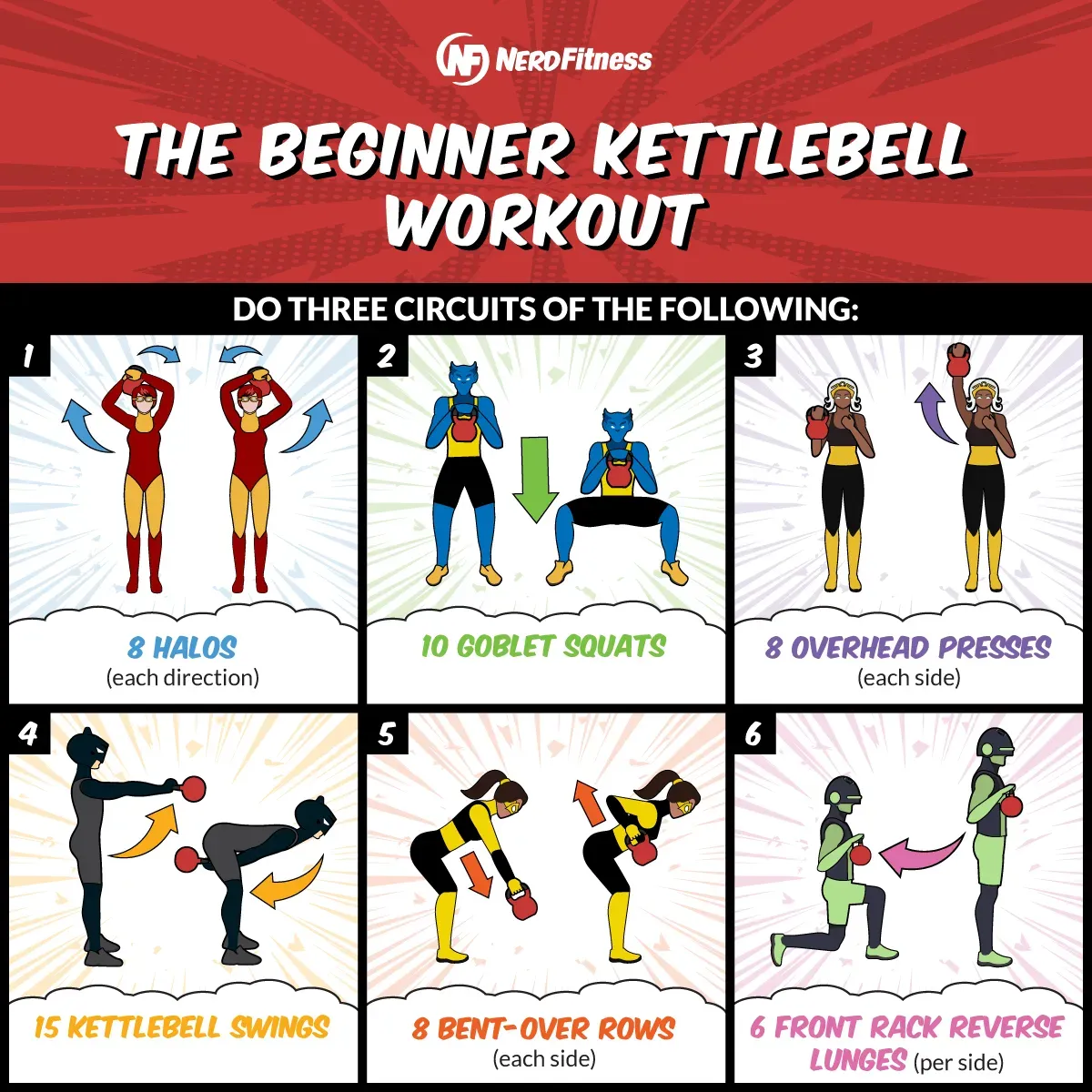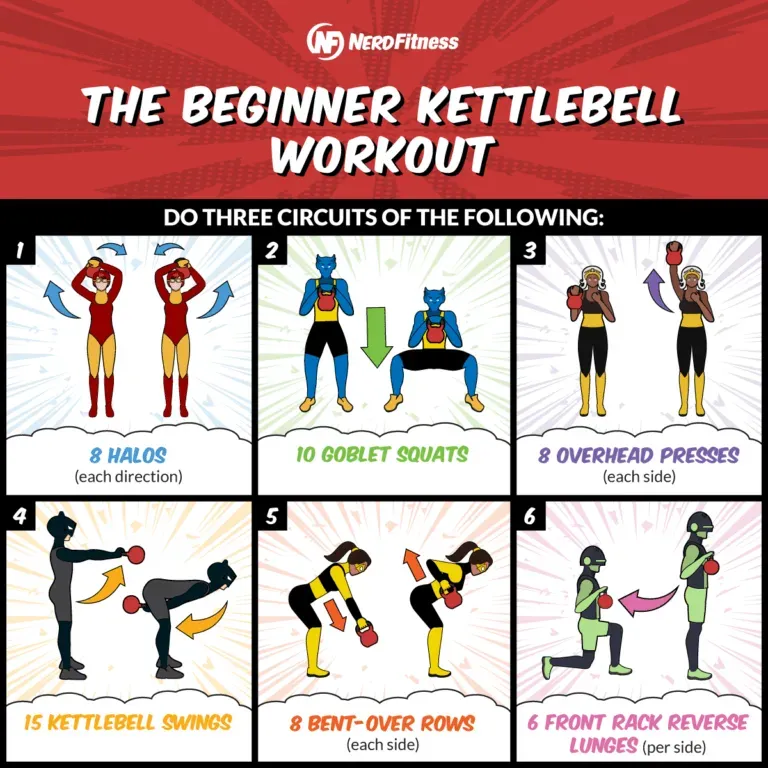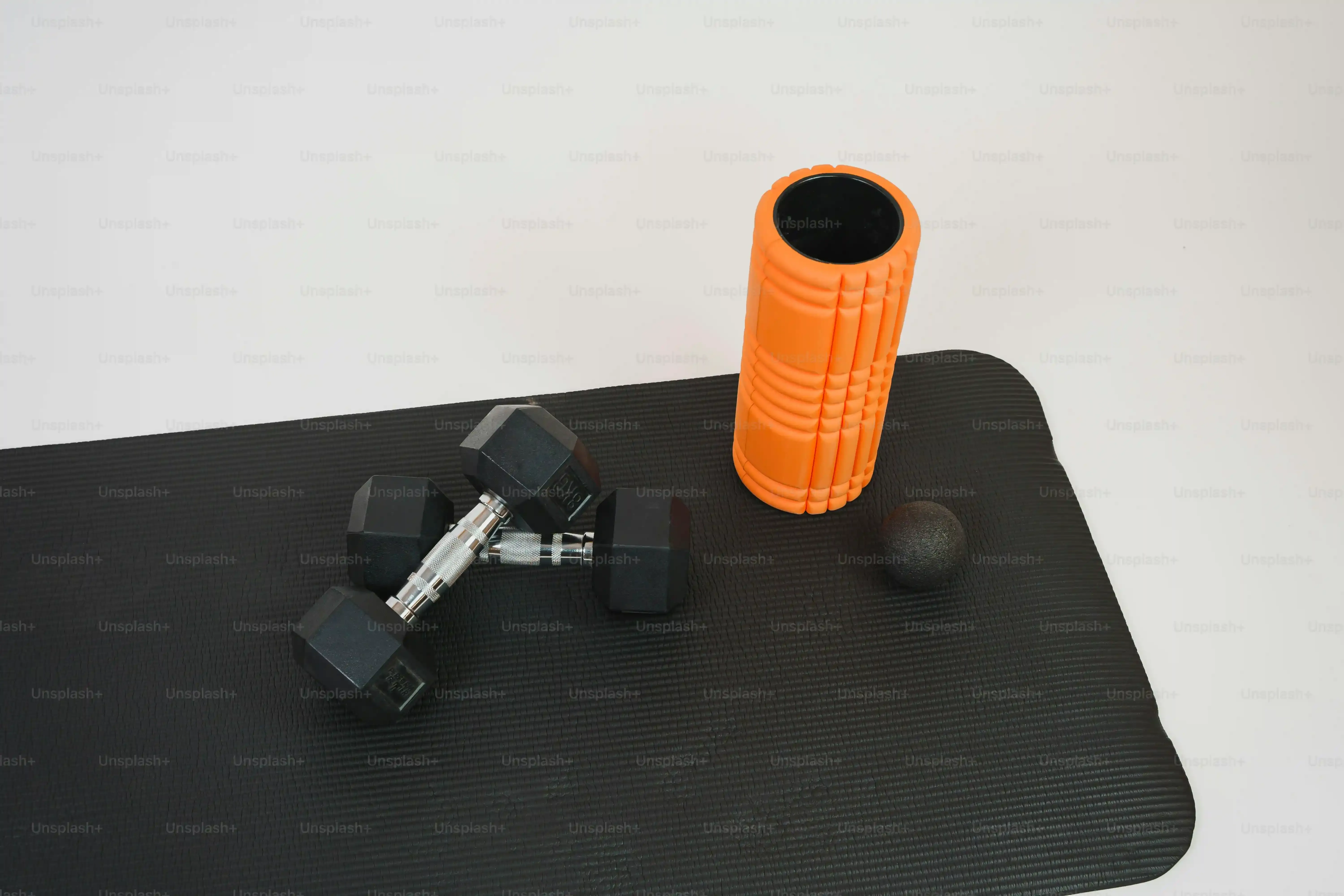Table of Contents
Ever stare at those cannonball-shaped weights in the gym and wonder if they're just for fitness fanatics? Or maybe you bought one hoping for magic results, only for it to gather dust? You're not alone. Kettlebells look simple, but they can feel intimidating. The good news? Getting started doesn't require throwing weights around like a circus performer. We're talking about effective kettlebell beginner workouts that build real strength without the confusion or the risk of injury. Forget fancy flips and complicated sequences for now. This guide cuts through the noise to show you exactly how to pick the right weight, nail the fundamental movements, and put together simple, powerful workouts you can actually stick with. Ready to stop guessing and start lifting smarter? Let's get into it.
Why Start Your Fitness Journey with Kettlebells?

Why Start Your Fitness Journey with Kettlebells?
More Bang for Your Buck
Look, you could spend hours bouncing between machines, isolating one muscle group at a time. Or, you could pick up a kettlebell. These things are sneaky efficient. They force multiple muscle groups to work together, just like in real life. Think about picking up a heavy box or swinging a toddler around. That's functional movement, and kettlebells train that beautifully. They challenge your stability, your grip, and your core all at once. It's not just about building individual muscles; it's about building a strong, cohesive unit.
Dynamic Movement and Flow
Unlike dumbbells or barbells where many exercises are linear, kettlebells shine in dynamic, swinging movements. This isn't just for show; it builds power and endurance in a way static lifts often don't. Learning to control that momentum feels different, almost primal. It engages your body in a continuous flow, which can be surprisingly fun once you get the hang of it. This dynamic nature is exactly why kettlebell beginner workouts feel so effective and engaging right from the start.
- Trains multiple muscles simultaneously.
- Improves coordination and balance.
- Builds explosive power and endurance.
- Requires less space than a full gym setup.
- Offers a unique, engaging workout experience.
Simplicity and Accessibility
You don't need a dedicated weight room or a ton of equipment for effective kettlebell training. One or two kettlebells and a small patch of floor are usually enough. This makes them perfect for home workouts, travel, or squeezing in a session almost anywhere. The barrier to entry is low. While proper form is essential (and we'll cover that), the basic movements for kettlebell beginner workouts are relatively easy to grasp, opening the door to strength training for almost anyone.
Picking the Right Weight and Mastering Basic Kettlebell Form

Picking the Right Weight and Mastering Basic Kettlebell Form
Don't Be a Hero: Choosing Your First Kettlebell
Alright, let's talk hardware. Staring at a rack of kettlebells can feel like choosing a weapon for a medieval battle. Too light, and you won't feel anything. Too heavy, and you're asking for trouble (and maybe a trip to the chiropractor). For most kettlebell beginner workouts, you want a weight that feels challenging but manageable for multiple repetitions. Think 8-12 reps for most exercises. A common starting point for men is a 16kg (around 35 lbs) and for women, a 12kg (around 25 lbs). But honestly? If that feels heavy just picking it up, go lighter. An 8kg or 10kg is perfectly fine to learn the ropes. It’s far better to use a lighter bell with perfect form than a heavy one with sloppy technique.
Grip It and Rip It... Safely: Basic Stance and Hold
Before you swing anything, you need to know how to hold the darn thing and stand. The basic grip involves holding the kettlebell by the handle, obviously. But pay attention to how it sits in your hand – the weight should rest on the meaty part of your palm, not digging into your wrist. Your stance for most exercises, like the goblet squat or deadlift, will be roughly shoulder-width apart, toes pointed slightly out. Think about screwing your feet into the floor to activate your hips and core. Keeping your shoulders packed down and back, chest lifted, and core braced is key. This isn't just standing there; it's creating a stable platform for movement.
Common Beginner Weights | Typical Use Case |
|---|---|
8kg (18 lbs) | Lighter exercises, mobility work, smaller individuals |
10kg (22 lbs) | Good starting point for women, skill practice |
12kg (26 lbs) | Standard starting point for women, lighter men |
16kg (35 lbs) | Standard starting point for men, stronger women |
20kg (44 lbs) | For those with some existing strength training experience |
Practice Makes... Less Awkward: Learning the Movement Patterns
Here’s a secret: you don't need a kettlebell to learn the basic movements. Air squats, hip hinges (like you're closing a car door with your butt), and controlled pressing motions can all be practiced without weight. Get the body mechanics right first. Understand what it feels like to hinge from your hips versus rounding your back. Learn to brace your core before you lift. When you do pick up the kettlebell for your kettlebell beginner workouts, start with simple exercises like the goblet squat or deadlift where the weight is controlled. I remember trying my first swing and nearly launching the bell across the room because I didn't understand the hip hinge. Learn the pattern, then add the weight. Your back will thank you.
Your First Kettlebell Beginner Workouts: Essential Exercises to Build Strength

Your First Kettlebell Beginner Workouts: Essential Exercises to Build Strength
The Goblet Squat: Your Foundation
you've got your kettlebell, you know how to hold it without dropping it on your foot. Now what? We start simple, solid, and effective. The goblet squat is your best friend in kettlebell beginner workouts. Hold the kettlebell by the horns (the sides of the handle) against your chest, close to your body. Stand with your feet a bit wider than shoulder-width, toes pointed slightly out. Now, squat down like you're sitting into a chair, keeping your back straight and chest up. Push your knees out slightly, tracking over your toes. Go as low as you comfortably can while keeping your heels on the floor. Stand back up, squeezing your glutes at the top. This move builds leg strength, core stability, and teaches you the basic squat pattern under load. It's hard to mess up too badly, which is exactly what you need right now.
The Kettlebell Deadlift: Hinging Like a Pro
Next up is the deadlift. Don't picture those massive barbells and grunting powerlifters just yet. The kettlebell deadlift for beginners is about learning to hinge from your hips correctly. Place the kettlebell on the floor between your feet, which should be about hip-width apart. Hinge at your hips, pushing your butt back, keeping your back flat, and reaching down to grip the kettlebell handle. Your knees will bend slightly, but this isn't a squat. Keep your chest lifted. Drive through your heels and stand up, pulling the kettlebell with you, keeping it close to your legs. Finish tall, squeezing your glutes. Lower the bell back down by reversing the motion, hinging at the hips first. This is crucial for building a strong back and teaching you how to lift anything off the floor without wrecking your spine. Mastering the hinge is non-negotiable for progressing in kettlebell beginner workouts.
- Goblet Squat: Builds lower body strength and core stability.
- Kettlebell Deadlift: Teaches proper hip hinging and strengthens posterior chain.
- Kettlebell Swing (Learning Phase): Develops explosive power from the hips.
- Overhead Press: Builds upper body pushing strength.
- Bent-Over Row: Builds upper body pulling strength and back stability.
Introducing the Swing: Power from the Hips
Alright, the swing. This is the movement most people picture when they think of kettlebells. It looks like you're just swinging a weight, but it's actually a powerful, dynamic hip hinge. For kettlebell beginner workouts, focus on the hike pass and the hip drive. Stand behind the kettlebell, hinge at your hips, and grab the handle. Hike the bell back between your legs like you're snapping a football. As the bell swings forward, powerfully snap your hips forward and stand tall, letting the momentum bring the bell up to chest height. The movement comes from your hips and glutes, NOT your arms lifting the bell. Your arms are just ropes. Let the bell swing back down, control it, and repeat the hike pass. It feels awkward at first, maybe even a little scary, but when you feel that hip drive click, it's incredibly powerful. Start light, focus on that hip snap, and keep your core braced.
Designing and Progressing Your Kettlebell Beginner Workouts

Designing and Progressing Your Kettlebell Beginner Workouts
Putting the Pieces Together: Your First Workout Plan
you've got your bell, you've practiced your goblet squat, deadlift, and maybe even attempted a few swings without hitting the dog. Now what? How do you turn those individual moves into actual kettlebell beginner workouts? Keep it simple. A classic approach is circuit training. Pick 3-5 exercises from the ones we've covered (squats, deadlifts, presses, rows, maybe some halos or carries if you're feeling spicy). Perform a set of each exercise back-to-back with minimal rest in between. Once you've done one set of everything, that's one round. Rest for 60-90 seconds, then hit it again. Aim for 2-3 rounds initially. It doesn't need to be complicated to be effective. The goal is consistency and building comfort with the movements under a bit of fatigue.
How Often Should You Train? Finding Your Rhythm
You're probably eager to jump in, but don't go crazy. Your body needs time to adapt, especially when learning new movement patterns with load. For kettlebell beginner workouts, hitting it 2-3 times a week is a solid starting point. Make sure you have at least one rest day between sessions. This isn't about grinding every single day; it's about smart, consistent effort. Listen to your body. If you're still brutally sore from the last session, maybe take another day off or do some light mobility work instead. Overtraining won't make you stronger faster; it'll just make you tired and potentially injured. Find a schedule you can realistically stick to week after week.
- Workout Frequency: 2-3 times per week.
- Rest: At least one full day between sessions.
- Listen to Your Body: Don't push through sharp pain.
- Consistency: Showing up is half the battle.
So, You're Not a Beginner Anymore? How to Progress
Eventually, those initial kettlebell beginner workouts are going to start feeling easy. The weight won't feel as heavy, and you'll breeze through the reps. This is a good problem to have! It means you're getting stronger. The most straightforward way to progress is to increase the weight of your kettlebell. A jump from 12kg to 16kg or 16kg to 20kg will certainly make things interesting again. You can also increase the number of repetitions you do per set, add more rounds to your circuit, or decrease the rest time between rounds. Another path is to start incorporating more complex movements, like the full kettlebell swing (the powerful version we discussed), cleans, or presses with a single bell. Don't rush this part. Master the basics first, then layer on complexity or load. There's no race; just steady, sustainable progress in your kettlebell journey.
Your Kettlebell Start: What Comes Next?
So, you've got the basics down – picked a weight, practiced the key moves, maybe even knocked out your first few kettlebell beginner workouts. Progress won't happen overnight, and some days the weight might feel heavier than others. That's just how it goes. Consistency matters more than perfection right now. Keep refining your form, add a little weight or an extra set when it feels right, and remember this is a tool in your fitness toolbox, not a magic bullet. Stick with it, pay attention to how your body feels, and build from here.